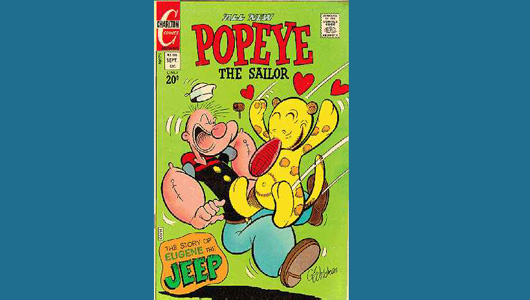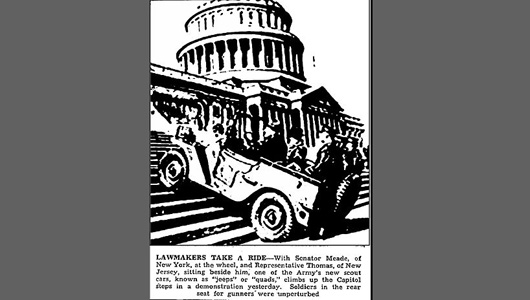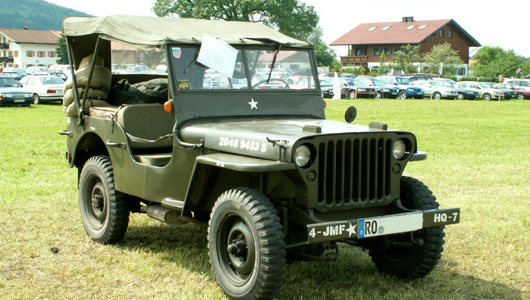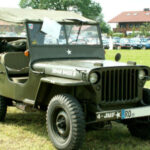Jeep has become an iconic name, and the story behind its origin is quite fascinating.
There are multiple theories about how the name Jeep came about, but it’s difficult to verify the authenticity of any one in particular. One popular hypothesis suggests that it originated from the US military’s use of the initials GP, which stood for “Government Purposes” or “General Purposes,” to label vehicles and transportation used for government-related tasks. When GP is pronounced quickly, it sounds like “jeep,” and this may be the reason behind the association with the name.
However, R. Lee Ermey, a former US Marine Corps veteran and host of the television show Mail Call, which delves into the history of the US military, disputes this theory. He argues that each vehicle and mode of transportation served a specific purpose and were never referred to as “multi-purpose” vehicles. The Ford GPW’s designation, for instance, stands for G (Government use), P (indicating the 80-inch/2,000 mm distance between the vehicle’s two axles), and W (referring to the Willys-Overland company’s engine).

Many people, including Ermey, believe that during that period, soldiers were immensely impressed with the new vehicle type and started referring to it as “Eugene the Jeep,” after a character from E. C. Segar’s Popeye cartoon series. Eugene the Jeep is described as a small, versatile, and problem-solving forest creature with green fur.

The Slang Dictionary of the Armed Forces (Words of the Fighting Forces), written by Clinton A. Sanders and published in 1942 at the Pentagon Library, defines the term “jeep” as a two-axle vehicle weighing between ½ ton and 1 ½ tons, used for reconnaissance or other military purposes. It refers to small-sized vehicles, sometimes referred to as bantam-cars, including other engine types manufactured in the United States and used by the US Air Force, Flight training center, Armor forces, or ½ ton command vehicles.
Similarly, the US Navy uses the term “jeep carrier” to describe small escort ships.
In early 1941, Willys-Overland showcased the off-road capabilities of its new vehicle by driving it up the three-step porch of the Capitol Building, courtesy of Irving “Red” Haussman, a test driver for Willys’ new models. Before the demonstration, Haussman had brought the vehicle to the Research, Development, and Testing Center for military vehicles and transportation near Washington, D.C. Soldiers stationed there called this vehicle a “jeep,” and when Katherine Hillyer, a reporter for the Washington Daily News, inquired about the vehicle’s name, Haussman promptly responded, “That’s a jeep.”

Katherine Hillyer’s newspaper article, published nationwide on February 20, 1941, included a picture of the vehicle with the caption: “Legislators try out a new model vehicle.” The article stated: “This is a vehicle serving the new reconnaissance mission of the US Army, known as the ‘jeep,’ or ‘2-axle off-road vehicle’ that successfully conquered the steps of the Capitol in the demonstration of Willys-Overland’s new vehicle yesterday.”
It’s believed that this article contributed to the widespread adoption of the term “jeep” by the public. Although Haussman didn’t invent the term, he was the first to introduce it to the public through the media.
Th? Ð?t (According to PL&XH/ ?nh: VietJeep st)








































